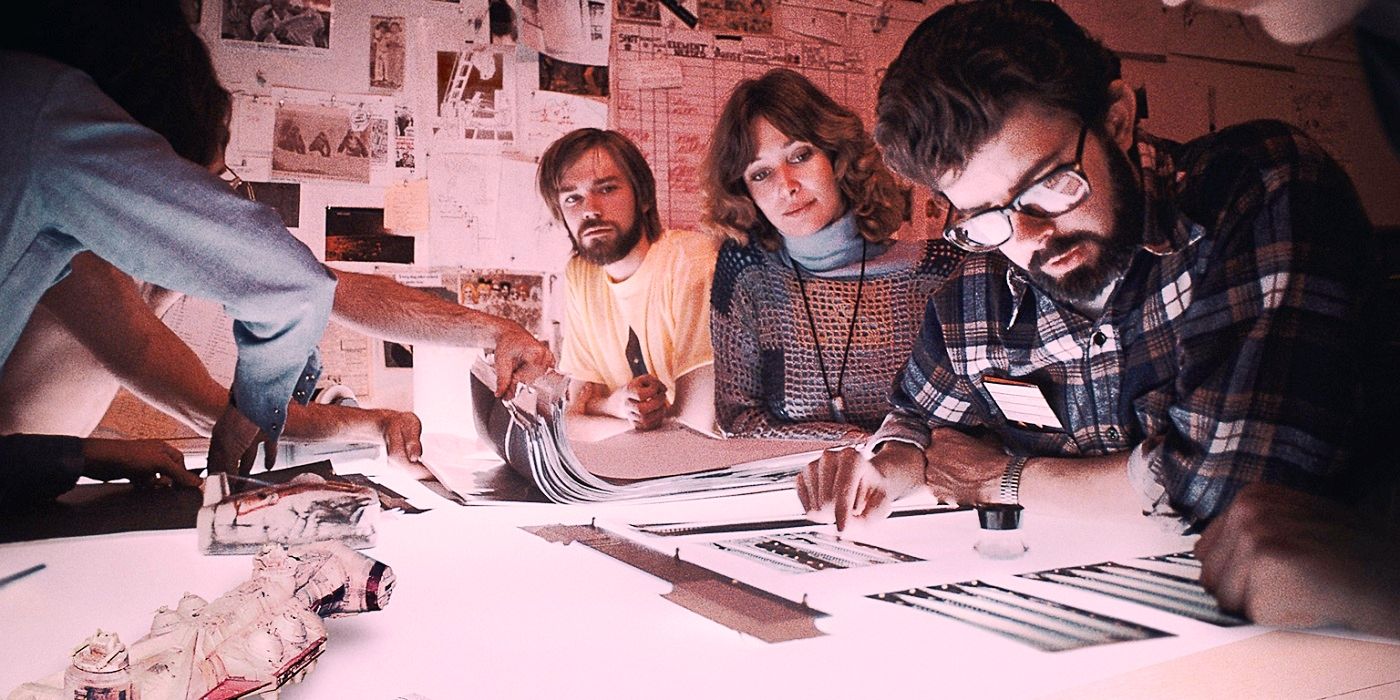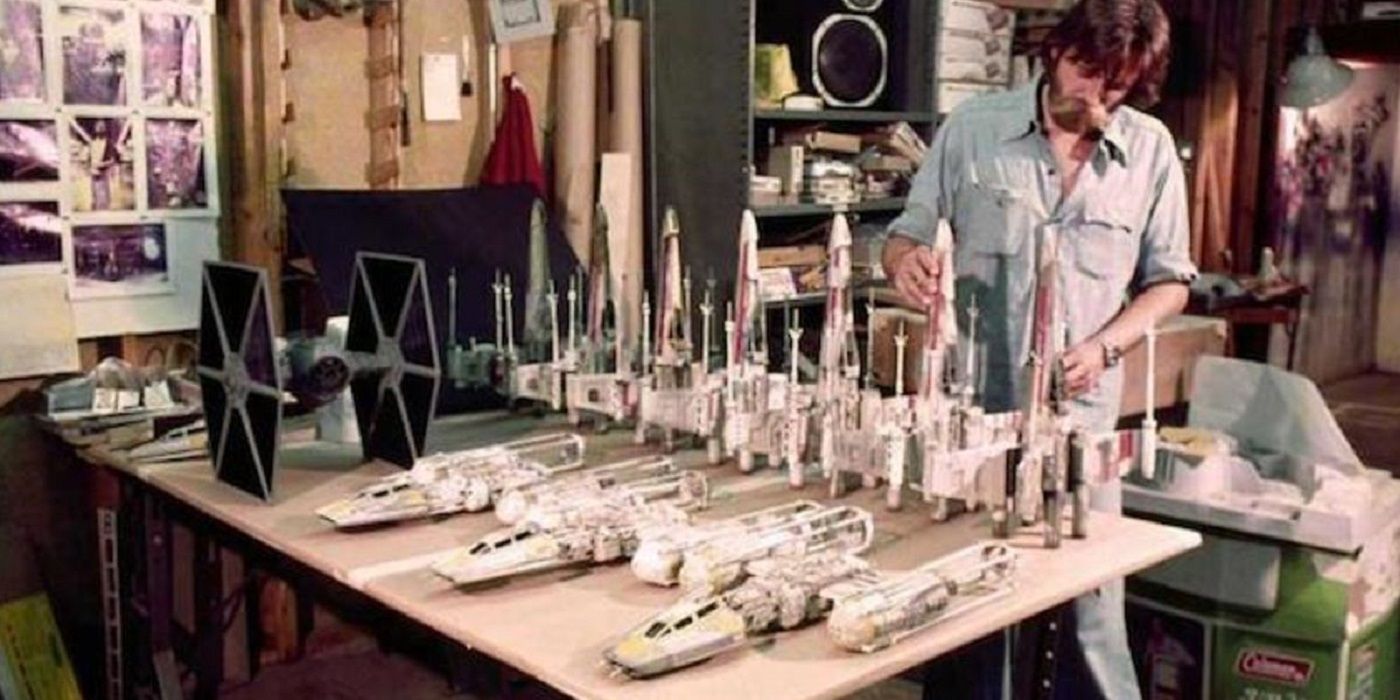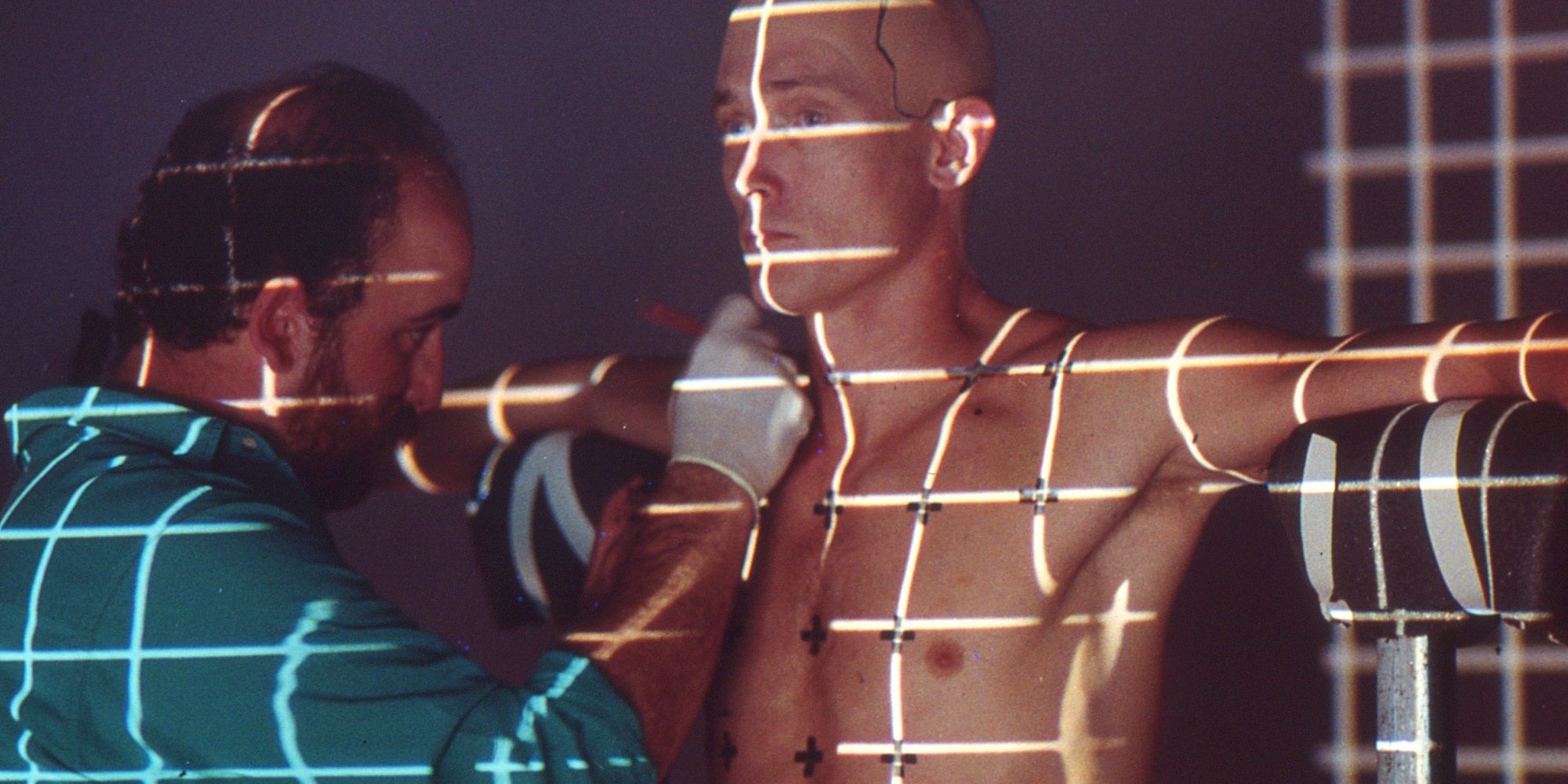The following contains spoilers for the first two episodes of Light & Magic, now streaming on Disney+.
The Disney+ documentary series Light & Magic details the history of Industrial Light & Magic, the visual effects company George Lucas created to make Star Wars. It can be seen as an extended advertisement for ILM packaged as entertainment. But despite Disney being Lucasfilm's parent company, Light & Magic is an important historical record of the world's first proper special effects company.
Any Star Wars fan who remembers seeing the films during their original runs also remembers the TV specials about Industrial Light & Magic. Whether it was Universe with Walter Cronkite or the various "Making Of" projects, this era is not a mystery. However, Light & Magic is the most comprehensive documentary about the lifespan of ILM. It's also the first one where the company itself is the main character. Usually, fans would see stop-motion legend Phil Tippett or VFX pioneer Dennis Muren in a piece about the production of Star Wars or a Spielberg movie like Jurassic Park or the Indiana Jones series. Finally, these luminaries of filmmaking get to be the main characters.
ILM rarely gets to be the center of the story -- even when the movie doesn't work without their talents. Terminator 2: Judgment Day was a triumph of action movie filmmaking, but the entire thing wouldn't have worked if ILM got the T-1000 wrong. Instead of being part of a larger 'story' meant to sell a movie to audiences or reward fans who purchased the home release, Light & Magic tracks the story of ILM from when the company was just an empty warehouse in Van Nuys, CA to the powerhouse of visual effects it is today.
The story of ILM is the story of the evolution of filmmaking. From a certain point of view, movies themselves are special effects" -- just how special is a matter of degrees. Whether it's making a set look like a real location or making dinosaurs run convincingly, the filmmakers who rely on ILM bet their entire projects on the company's talent. What's even more amazing about this group is that when a director asks for something, they often don't know how (or if) they can pull it off. Light & Magic takes viewers through those moments both with archival footage and modern-day interviews. And while it's more rosy than not, Light & Magic doesn't shy away from the more uncomfortable chapters in their history, including the firing of John Dykstra.
In Light & Magic's second episode, audiences see a lot of archival footage that will look familiar to Star Wars fans. Viewers get the most detailed accounting of how they figured out the motion control setup that came to define the look of ILM's spaceship effects. The camera system is known as the Dystraflex -- named after visual effects supervisor Dykstra. Lucas and Dykstra both talk about their frequent arguments on set. Audiences also learn how Dykstra used ILM equipment and personnel on the original Battlestar Galactica, leading to a lawsuit from Lucas. When ILM relocated from Van Nuys to San Francisco, Dykstra was left behind. His inclusion in Light & Magic marks the first time since 2004 that he's been part of an official Lucasfilm production.
Chances are there at least one of ILM's films that ranks among most people's favorites. Light & Magic may feel like a story that's already been told before, but it's never been told like this. The series tracks how ILM has stayed at the leading edge of the visual effects industry, continuing to innovate and revolutionize the art form. Even the most critical Star Wars fans will consider Light & Magic a riveting look at the golden age of special effects movie magic.
Light & Magic is now streaming on Disney+.



